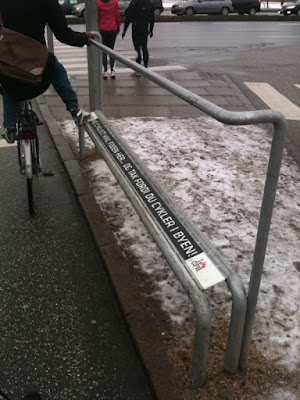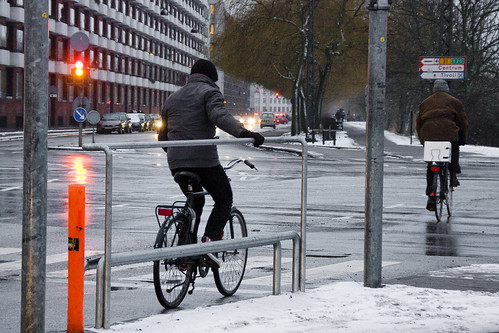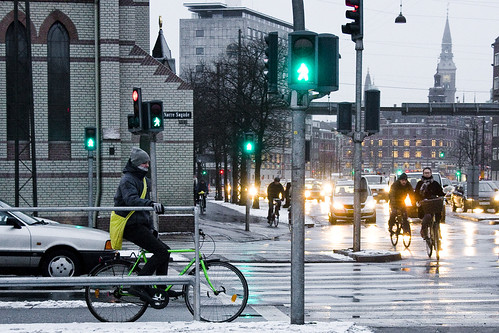T
Tdot_one
Guest
Are you sure? Those ridership simulations are heavily political as well. The extension into York is hardly economically, but since funding is cleared, it's been pushed. Funds are limited and thus there is a push for local, limited catchment LRTs.There is no analysis. It's fact. STC is not the centre of the universe, and being a "major growth node" does not justify a subway. The increase in ridership will not even come close to needing a subway. I'll take the word of the TTC, and Metrolinx over your assumptions any day.
The STC area is the largest employment generator East of Yonge. Not only that, but the level of intensification from Kennedy to Markham is going to be huge. The corridor is going to be several times more dense than the targets around Danforth. Ironically, unlike STC, the corridor is viewed as "sufficient" for subway-use.
However, there is very little evidence that LRTs at Malvern will even amount to much. That capital could be going into the STC instead. I have a feeling that many have limited exposure to more extensive transit systems worldwide. For instance, Melbourne (and Sydney) trains and trams have terrible ridership levels.
That is despite the network being several times more extensive than the TTC, and believe me, the the tram network is a joke. The reason why TTC operates better is due to efficiency. Not due to walk-in ridership, but actually due to its feeder bus routes. The vast majority of the TTC's subway ridership is through this mode.
Is the light rails going to be feeded by buses? From what I see that isn't the case. Areas like Malvern are less dense than the Bloor corridor which also largely depends on feeder buses. I don't see how those LRTs are going to benefit the majority, when walk-in ridership will be very limited.
Finally, TTC predictions are hardly scientific. The data hasn't been reviewed and we've seen cooked up books that justified ICTS and what not. This agency, like Hydro One et al, does incur loses and thus influences around social policy. The fact is, the TC's primary aim is to turn those corridors into affluent, transit-oriented spaces. Population density will fall, but tax revenue will rise substantially. It has very little to do with the feeder buses that will still have to serve the sprawls.







